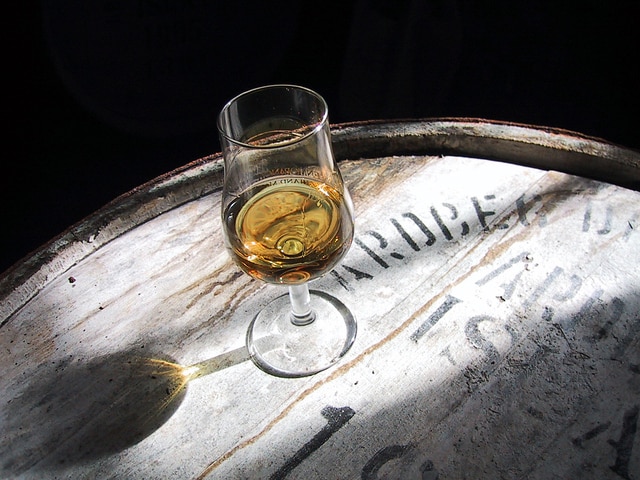When Kenneth Clarke was Chancellor of the Exchequer, he exercised his right to drink while giving Budget speeches, partaking of Scotch whisky.
The connection between exchequers and Scotch goes back much further. 527 years ago this month, the Exchequer Rolls of King James IV of Scotland note the granting of malt ‘to Friar John Cor, by order of the king, to make aqua vitae’ – the earliest British record of whisky production.
Today, ‘aqua vitae’ isn’t just for royals and members of the Cabinet (no pun intended). Yet not everyone in Britain who owns whisky chooses to drink it. And how you treat it affects how HMRC treats it.
Asset classes and choices
In recent years, we’ve seen more and more people investing their money into different types of assets. Some are intangible assets, others tangible (like the Ferrari GT250 car we wrote about recently), and there’s no shortage of variety. While cryptoassets are among the newest (as explored in our recent article on cryptocurrency gains and the transatlantic webinar we co-hosted on digital asset tax issues), the more traditional assets remain very popular, including whisky.
A growing number of people are buying whisky casks that are stored at distillery warehouses where they mature. Once the whisky has aged, the owner may choose to bottle the cask, allowing them to enjoy the contents; or they may choose to sell the cask.
What are the tax implications of selling your cask?
HMRC has classed whisky casks as ‘wasting assets’. It defines a wasting asset as ‘an asset with a predictable life of 50 years or less’. Wasting assets are not subject to capital gains tax (CGT).
Why is a whisky cask classed in such a way? All casks are made from wood and are porous: the whisky is absorbed by the wood (on average 2% per year) which accelerates the aging of the cask and they do not normally last longer than 50 years.
How are bottles of whisky different?
Bottled whisky, of course, is also bought, held and sold – and for considerable value.
In 2019, a bottle of The Macallan 60 Year Old 1926 sold at auction for £1.5m, becoming the most expensive bottle of wine or spirit ever sold at auction. The Knight Frank Rare Whisky Index, which tracks the auction results of a basket of rare Scottish single malts, noted an increase of 586% between 2010 and 2020 (though a 3.5% decrease has been recorded since).
However, unlike casks, bottles of whisky are not classed as a wasting asset as their predicted life is over 50 years. These will be classed as ‘non-wasting chattels’, defined as ‘tangible moveable property with an expected life of more than 50 years’. Fine art, jewellery and antiques are other examples of non-wasting chattels.
If you inherit a bottle of whisky or a collection of whisky bottles, then you are, according to HMRC, liable for CGT on that asset if ‘the disposal proceeds were more than £6,000’ for a single item. Where there are several bottles that are ‘worth more together than separately’, the £6,000 will only apply to the ‘set’ of bottles.
If a ‘set of chattels’ is sold for more than £6,000, the calculation for the disposal of CGT gets a little more complicated. Indeed, HMRC suggests that ‘if you require more details, ask HMRC or your tax adviser.’
So for more information on the tax implications of buying, selling or inheriting whisky and other assets – or, if you prefer, our personal recommendations for enjoying a single malt – please get in touch.


